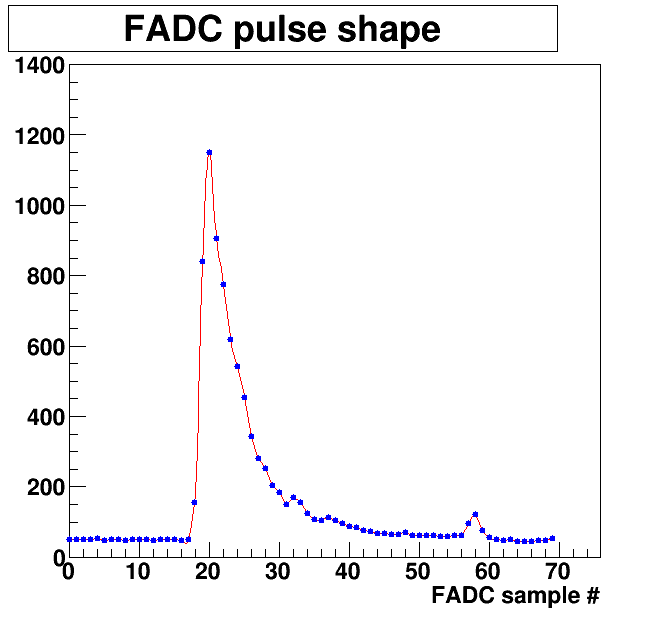
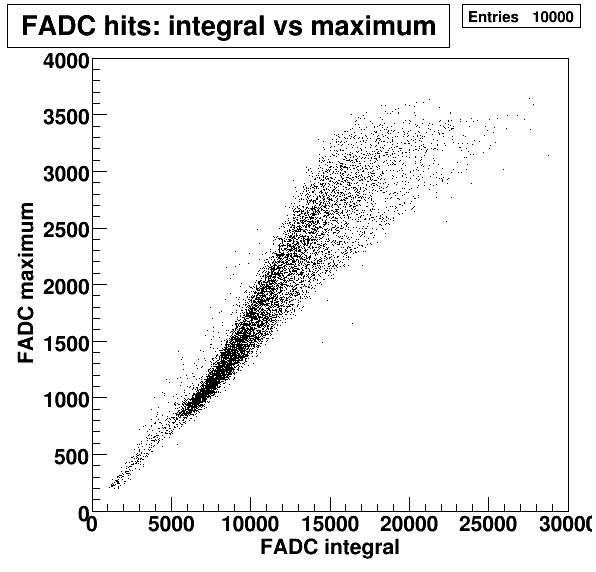
 |
 |
| Fig.1. Typical FADC signal shape | Fig.2. Integral of FADC hit vs its maximum |
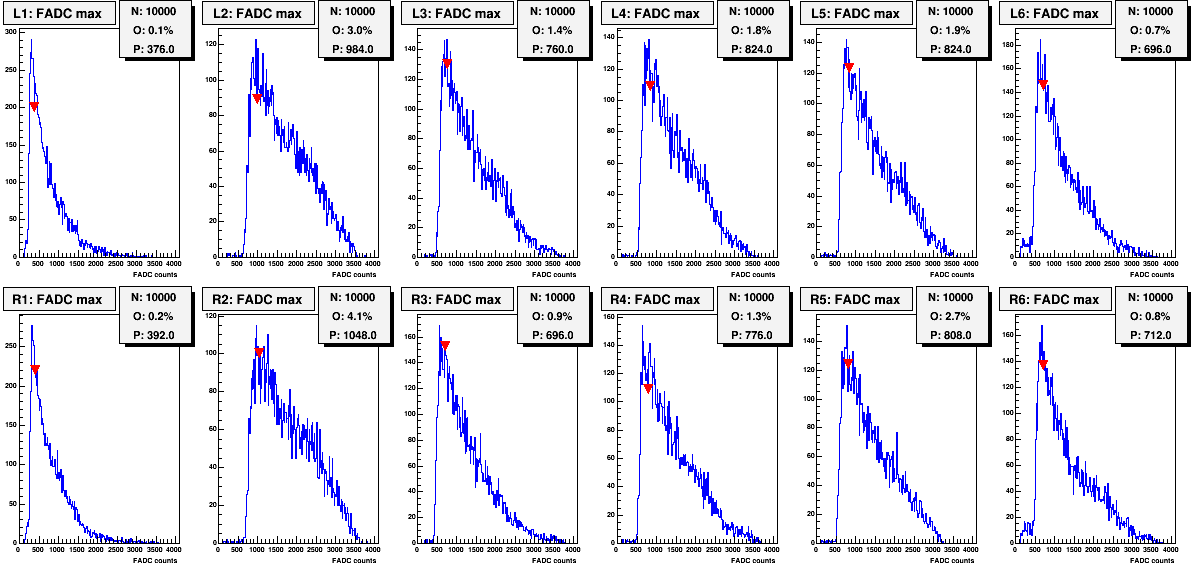 |
| Fig.3. FADC maxima for 12 PMTs at 1500 V |
 |
| Fig.4. FADC maxima for 12 PMTs at their balanced HV |
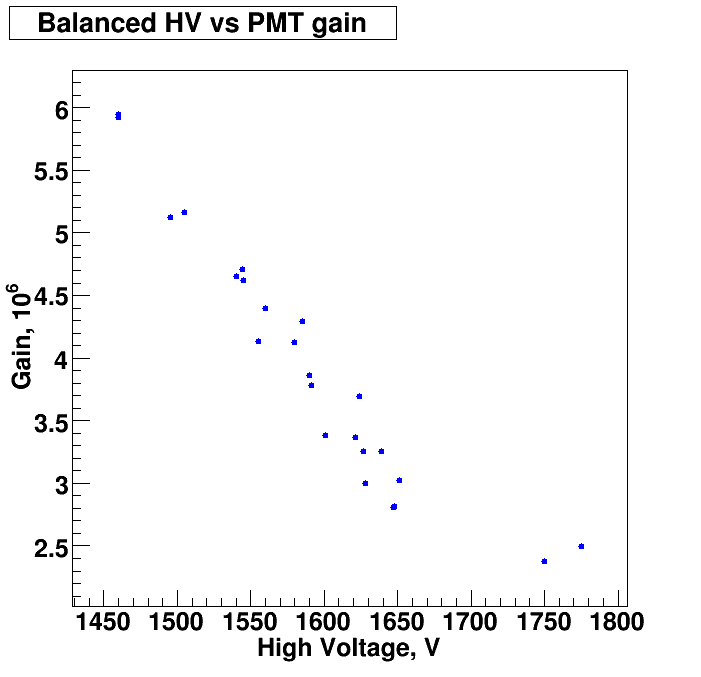 |
| Fig.5. Balanced HV value vs nominal PMT gain |
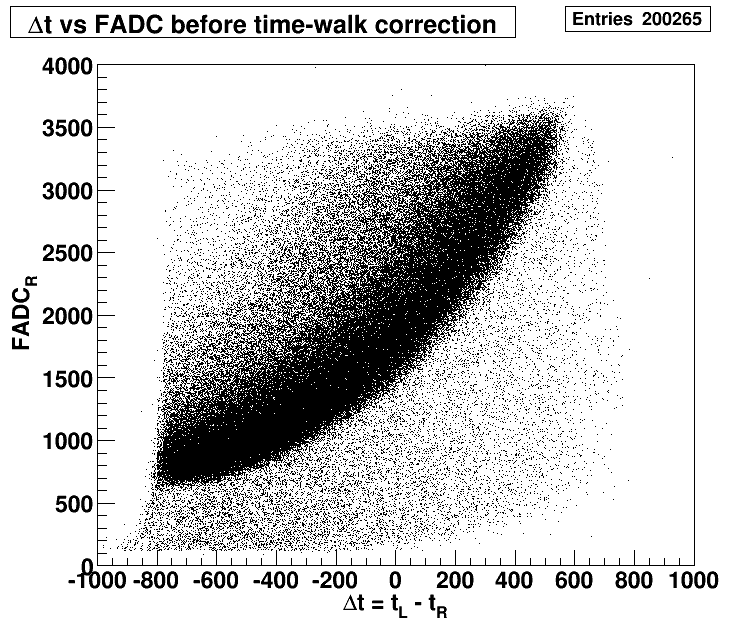 |
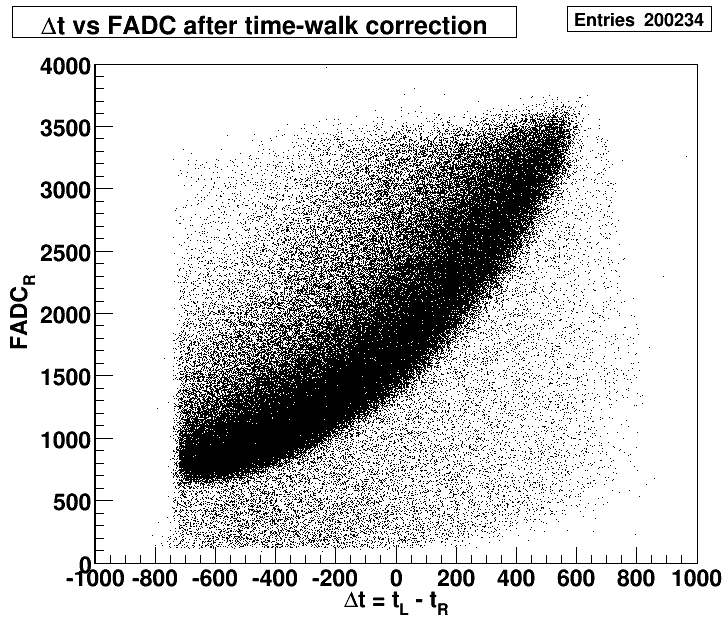 |
| Fig.6. Time difference vs FADC max before and after TWC | |
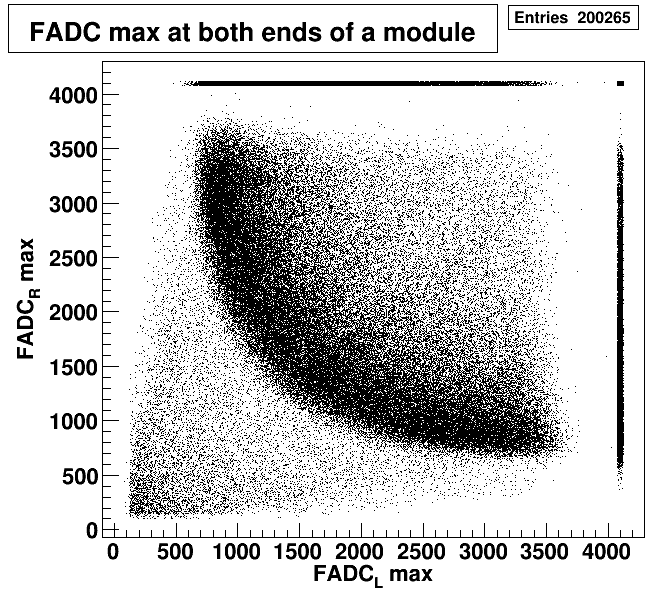 |
|
| Fig.7. FADC left vs right | |
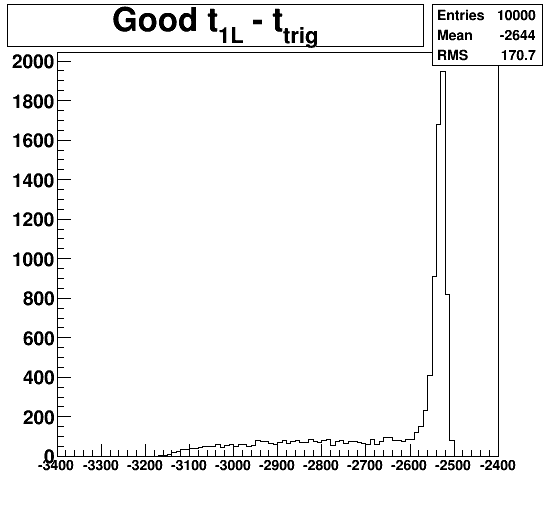 |
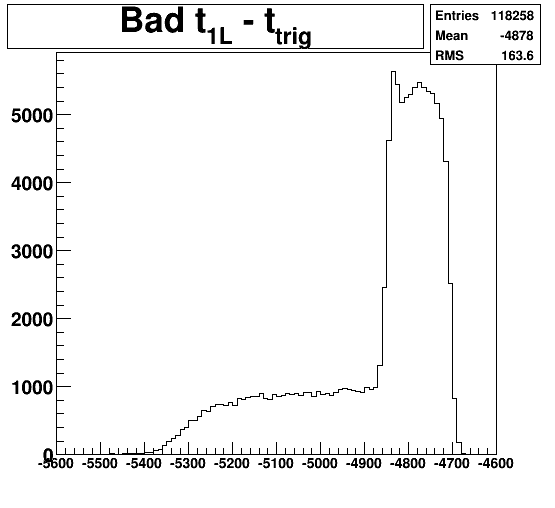 |
| Fig.8. Time difference between L1 (left bottom) PMT and trigger | |